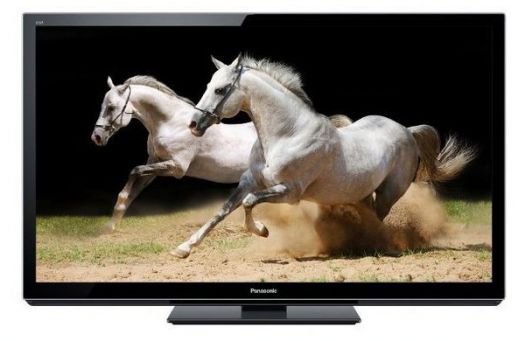We're about half-way through 2011 (can you believe it?). However, things are just heating up for plasma TV manufacturers.
The Plasma Display Coalition (PDC) says that plasma sales are stronger than ever. According to the announcement, more features, more models, and lower overall prices are helping to push consumer sales.
"While plasma displays have long been the preferred screens in the test labs of industry reviewers, many home entertainment specialists also agree that plasma HDTV provides outstanding picture performance through superior picture contrast, exceptionally deep black levels, and crisp resolution even in fast-motion scenes," said Jim Palumbo, president of the PDC. "With the introduction of lifelike 3D plasma displays coupled with more affordable products, plasma HDTV is continuing to top the large-screen sales charts. Several 2011 plasma HDTVs also meet the new more stringent Energy Star 5.3 requirements, which recognize top performers in their size classes."
It also helps that there are multiple plasma options this year. Panasonic currently offers 19 plasma models, ranging from 42 to 65 inches. LG adds in another 18 models, from 42 to 60 inches. Samsung also has 15 plasmas for 2011. All three manufacturers offer 720p and 1080p plasma TVs, with 3D options also available.

According to research firm NPD, plasma has grown 25 percent over the past year. The number shows a sell-through of one million units, as opposed to 805,000 for the same period in 2010. During the same time, NPD says that LCD has grown two percent.
"According to CEA's CE MarketMetrics program, U.S. shipments of Plasma TV sets between January and May 2011 topped one million units at a faster clip than last year. CEA's shipment data reports also show the exceptional strength of high-definition 720p technology, which currently accounts for nearly two-thirds of overall Plasma sales," said Steve Koenig, director of Industry Analysis for the Consumer Electronics Association.
Consumers also seem to be more conscious about energy-efficient HDTVs, and how plasma has improved over the years. In fact, several 2011 plasma models meet the new, more stringent Energy Star's 5.3 requirements. The PDC says that in some cases, plasma power usage is down as much as 60 percent.
"There's been a lot of misinformation published about the energy use of plasma HDTV sets, particularly when they are in standby mode," Palumbo said. "But today's plasma sets use less than a dollar per year in electricity when in standby. That's less than the cost of one cup of coffee. And when in use, today's large-screen plasma HDTVs typically cost as little as $14 to $35 per year to operate. That's HDTV quality on a flat-panel screen, which is more than 50 percent bigger than the old 27-inch or 36-inch tubes of the past -- but using only one-third the energy of the old standard resolution sets. This is a remarkable advance that deserves attention."
Also Check Out: